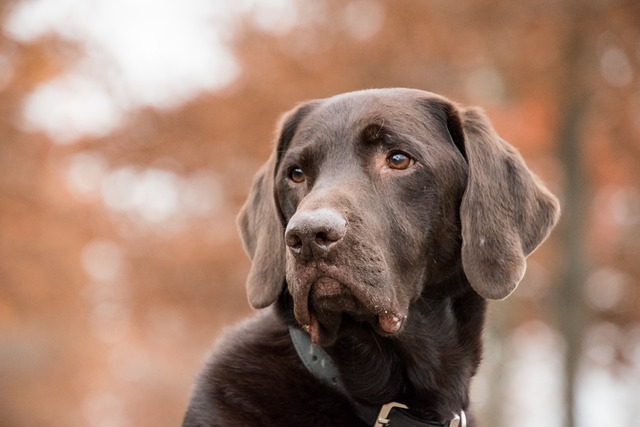
How can I tell if my dog's heatstroke is serious
Let’s be real: It’s a sticky August morning in Los Angeles, and you took your 2-year-old Golden Retriever, Max, for a walk a little later than usual
Is a gallon of water a day too much for a dog? Let’s start with a story: My neighbor in Denver has a 120-pound Great Dane named Zeus. He drinks almost a gallon daily, and his vet says it’s fine. But her sister’s 10-pound Yorkie, Bella, once lapped up half that in a few hours—and ended up at the clinic. So the answer? It depends, and here’s why.
Dogs’ water needs are like ours—they vary by size, activity, and even the weather. A general rule: about an ounce per pound of body weight. That means a 50-pound lab needs roughly 50 ounces, which is less than half a gallon. A gallon (128 ounces) would drown a small dog’s kidneys, which work hard to filter excess fluid. Think of it like filling a tiny bucket with a fire hose—overflow happens fast. Zeus, being huge, has bigger “buckets,” so his gallon makes sense. But if Bella drank that, her body would struggle, leading to vomiting or lethargy.
Signs of too much water? Watch for frequent accidents, even in house-trained dogs, or a bloated belly. If your pup is guzzling nonstop, check their food—dry kibble makes them thirstier than wet food. In Arizona last summer, my friend’s Corgi started drinking more after switching to a new brand; switching back solved it. Always leave fresh water out, but if they’re chugging every 10 minutes, call the vet—it could signal diabetes or kidney issues.

Legal and cultural norms tie into this too. In California, failing to provide water to your dog—even in your backyard—can get you in trouble with animal control. When walking, carry a portable bowl; dehydration is risky, but so is overhydration. And don’t forget those poop bags—cleaning up is part of being responsible, whether your dog drank a little or a lot.
Never scold a dog for drinking too much. Bella wasn’t being “naughty”—she was hot or thirsty. Yelling will only make them hide when they need water later. Instead, praise them when they take sips calmly. Positive reinforcement helps them trust you, even with something as simple as drinking.
Apartment living? Place water bowls in a few spots—hardwood floors mean spills happen, so use a mat underneath. This keeps your space clean and neighbors happy. When in elevators, if your dog stops to lap from their bowl, apologize with a smile—manners matter in shared spaces.
A gallon isn’t one-size-fits-all. Know your dog’s normal, watch for changes, and when in doubt, ask your vet. Keeping them hydrated the right way helps them stay healthy and happy.

Let’s be real: It’s a sticky August morning in Los Angeles, and you took your 2-year-old Golden Retriever, Max, for a walk a little later than usual

You're enjoying a summer afternoon at the park when you notice your dog has stopped panting and appears disoriented - their gums are bright red

Let’s paint the picture: You’re in your Denver apartment, watching your 4-year-old Boston Terrier, Ruby, plop down mid-play session with her favorite toy

Many dog owners notice their pets nails seem shorter after regular walks,but how much does this daily activity actually help?The answer depends on where you walk—concrete sidewalks or asphalt streets gently file nails as a dog's paws hit the ground

Most dog owners notice their pup scooting across the carpet at some point, but few connect it to impacted anal glands. These small sacs near a dog’s rectum secrete a scent for marking territory

Most vets agree that regular dog teeth cleaning is key to avoiding painful dental issues later. For healthy adult dogs, a professional cleaning at the vet’s office every 12 to 18 months usually works well.